Along with being suitably sized and positioned correctly in the room, if you find that your radiator is still not able to warm the room up adequately, there are a few ways to improve efficiency and increase its heat output and warm the room up quickly.
Ways to improve radiator efficiency
Ways to improve radiator performance:
- Regularly clean radiators.
- Use radiator reflectors.I
- Install a radiator fan.
- Balance the radiators in your house.
- Regularly check boiler pressure.
- Improve the radiator cover design.
- Don’t close curtains over radiators when being used.
- Flush the radiator.
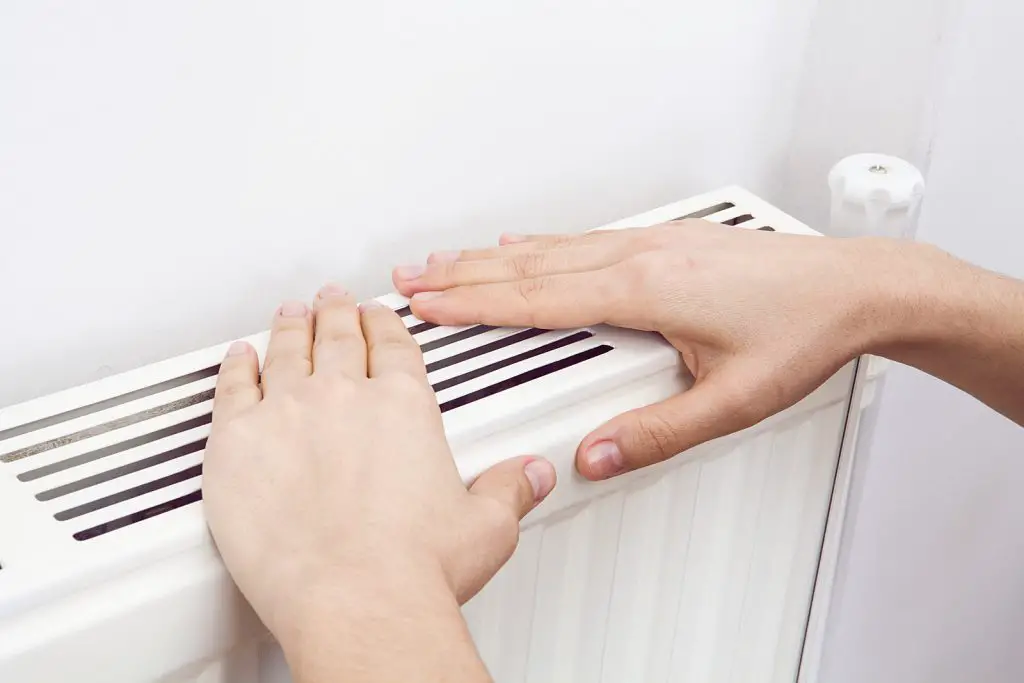
how hot does a radiator get?
Radiators work by surface area, so the bigger the surface area the higher the heat output. Radiator surfaces can reach up to 80 degrees depending on the water flow temperature. Low surface temperature radiators are also available which heat up to around 45 degrees Celcius.
Tips to improve radiator efficiency
Regularly clean your radiators
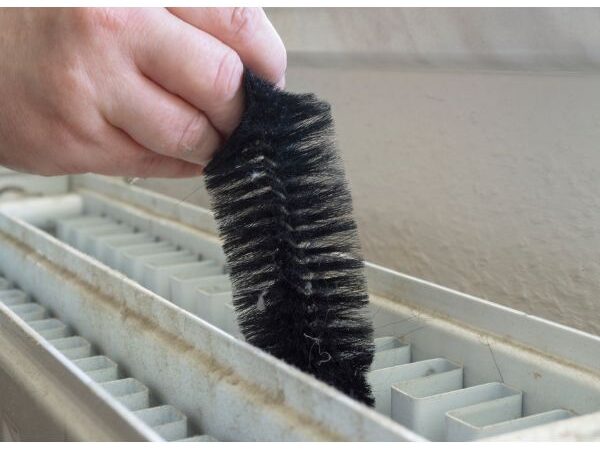
Disclosure: Some of the links below are Amazon affiliate links. This means that, at no cost to you, we may earn an affiliate commission if you click through the link and complete a purchase.
Make sure the airways are clear in between fins. Radiators drag cold air up through the bottom and heat it as it travels through before radiating the heat into the room. This also attracts dust and light dirt which can block the airways, reducing circulation of warm air.
Cleaning the hard to reach places in between the fins will help radiate more heat. You can use this simple tool to make the cleaning process faster.
Use radiator reflectors

Place these behind radiators located on external walls as they are most effective here. They are very cost effective and are easy to place. Because you don’t know how effective cavity wall insulation is in the wall behind the radiator, it is still a good idea to put reflectors behind them. Not needed on internal walls.
Balance your radiators
Your radiators may need balancing so they all heat up evenly and the system becomes more efficient. Do this by closing the lockshield valves on all radiators then slowly turning them on in small amounts with each radiator, working your way to the furthest one away from the boiler which will be turned on full.
So the nearest one to the boiler will be opened a quarter turn, then the next one along will be a half turn etc. By doing this you avoid a situation where the nearest radiator to the boiler is burning hot and the furthest one away is just lukewarm.
Check boiler pressure is correct
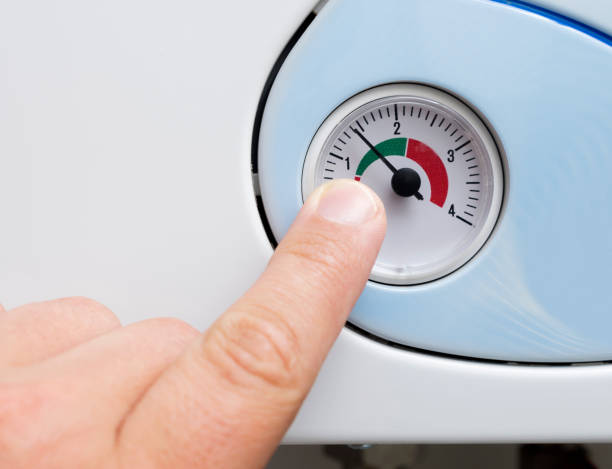
Heated water from the boiler is sent to the radiators and this heat is transferred to the air. If there isn’t enough water in the system, the radiator cannot heat up properly. Check the pressure gauge and top up water to between 1.2 and 1.5bar to get the correct water level in the system.
Similarly, if the pressure gauge is showing above 1.5bar without heating, you may need to reduce the pressure by bleeding the radiator that has cold spots in it. This is due to trapped air and will stop the radiator heating up properly. If a particular radiator needs bleeding often, you may want to get this auto bleed valve for it.
Improve the radiator cover design
A radiator cover that is solid at the top acts as a barrier to rising heat and causes heat loss in the room. A radiator that has no barrier will give a higher output, but a well designed cover doesn’t restrict airflow much, so you can install it for aesthetic and safety reasons.

Don’t close curtains over the radiators when in use
This will block the rising heat from the radiator from coming into the room, and instead will go straight out. At least lift them up to the window ledge while the heating is on, so they don’t cover the top of the radiator where the hot air rises from.
Flush the radiator
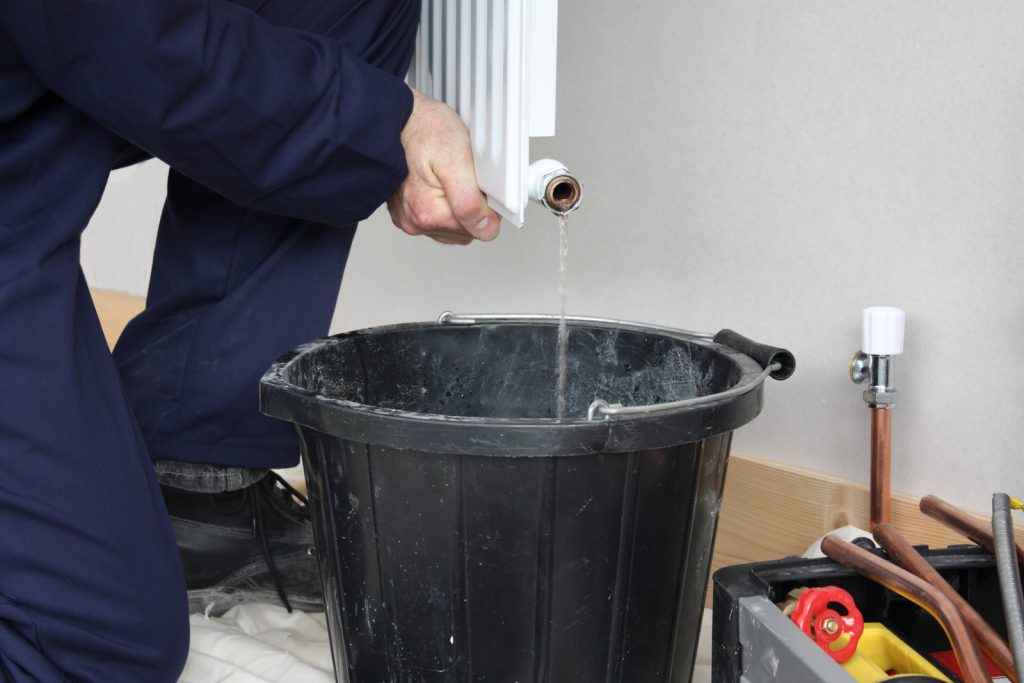
If a particular radiator is always cold at the bottom but hot at the top, you should see an improvement in performance by flushing it out with water. You will need to remove it and flush it out outside but once done, it should give a noticeable increase to the radiator output.
Install a radiator fan
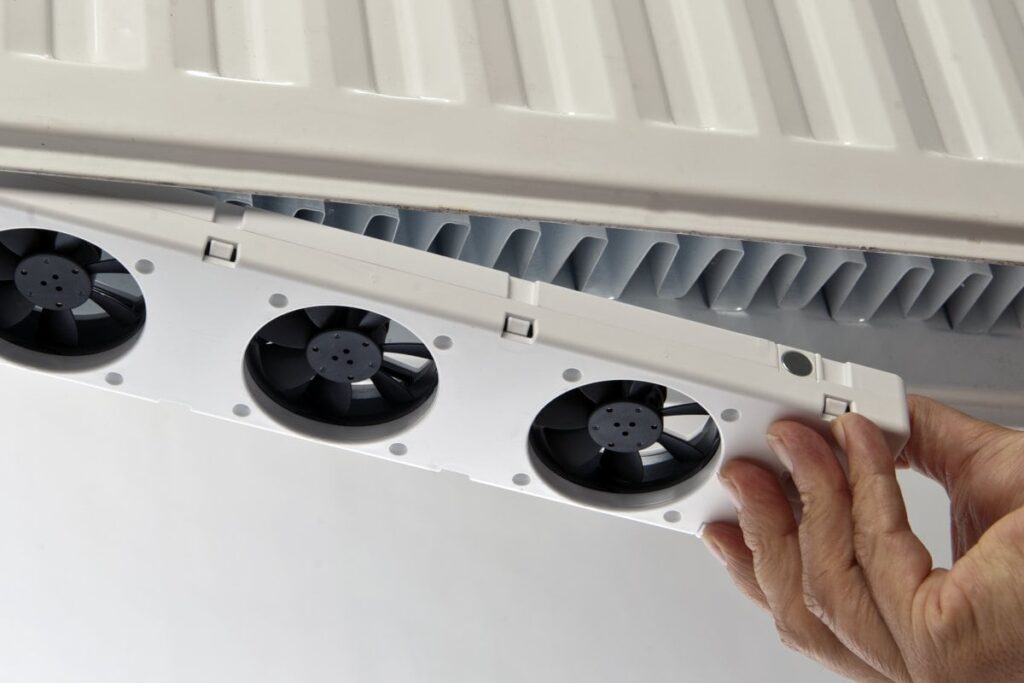
A small radiator fan fitted underneath can increase the amount of heat delivered to the room by increasing normal convection properties of the radiator and should heat the room up faster. This could be particularly helpful for colder rooms. Purpose-made radiator fans can be quite expensive so you may want them in the coldest room only.
Another product is called the Radfan which sits on top of your radiator and redirects the warm air into the room before it goes up into the ceiling. They both need to be plugged in and come with thermostats to switch off at the set temperature.
If you’re unsure or need help with any of these steps, or the room still isn’t warming up as you like, you can call a heating engineer to get his professional opinion and see what can be done.
Summary
Ways to improve radiator efficiency include regular cleaning behind radiators and in between the fins of the panels. Making sure all the radiators in the house are heating up evenly will also improve their efficiency. Other ways include using reflectors, radiator fans and flushing them to remove sludge and debris.
List of products on this page
*The information in this article should be used for general guidance only and not as financial advice. Full details are on the link in the footer to our disclaimer page. Always discuss your requirements with a competent and suitably qualified professional before undertaking any work.
Affiliate disclosure
Heatology.co are participants in a variety of affiliate schemes which help fund and run this website, visitors who follow our links and purchase a product may earn Heatology.co a commission. The money we make from affiliate marketing costs you nothing but keeps us online, so thank you for your continued support!
